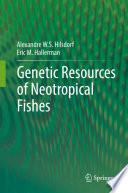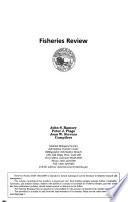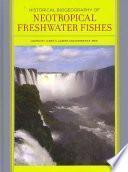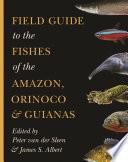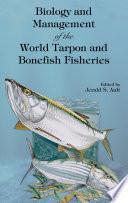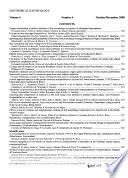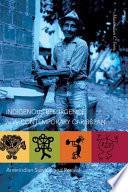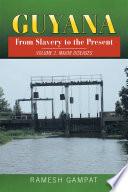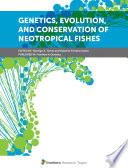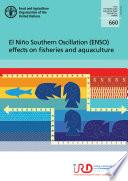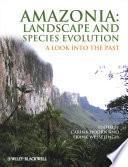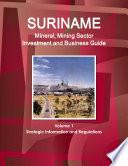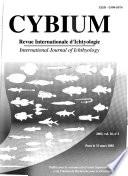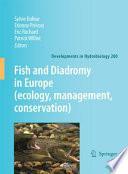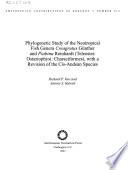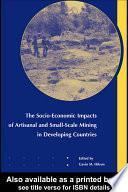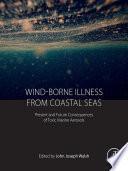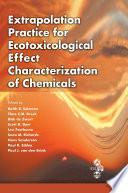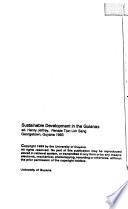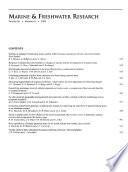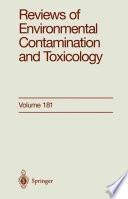
The Freshwater Ecosystems of Suriname
Author: P.E. Ouboter
Number of pages: 317Since the limnological research on the man-made Brokopondo Reservoir in the 'sixties, numerous data have been collected on the ecology of Surinam rivers and swamps. This book is a compilation of these data: it is the first comprehensive survey of the aquatic ecology of one of the peripheral areas of Amazonia. The geomorphology of the country, situated on the Guyana Shield, is the main factor determining the limnological properties of rivers and creeks. This results in an overall picture that is quite different from Amazonia. The emphasis of The Ecosystems of Suriname is on the living aquatic resources, including aquatic and swamp vegetation, phyto and zooplankton, macroinvertebrates, fish, amphibians, reptiles and mammals. Although most of Suriname is still in a pristine state, the human impact on fresh waters is considerable in those areas of rapid economic development, emphasizing the necessity of conservation measures, specially tailored for aquatic ecosystems. The Ecosystems of Suriname is a valuable acquisition for all scientists, environmental managers and others interested in tropical aquatic ecology.




